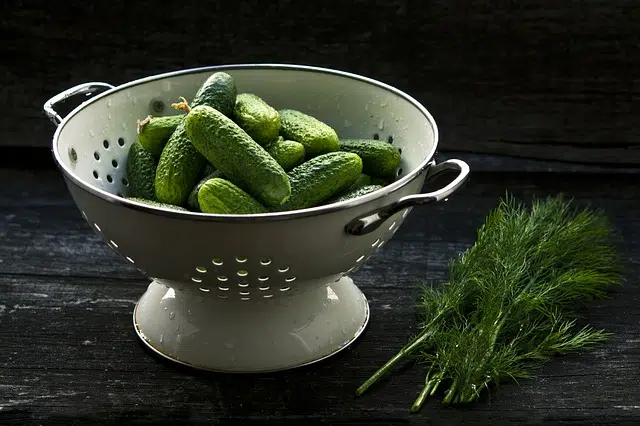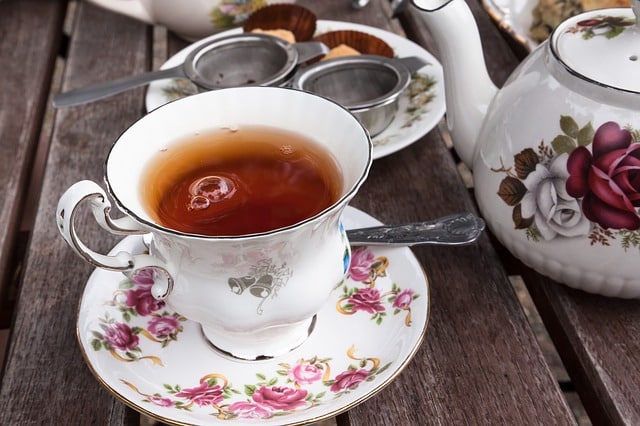
The strainer allows you to separate solids from liquids
The most common use of the term strainer refers to a utensil used to strain : passing something through a filter to separate solids from a liquid. The strainer, also called a strainer , is said filter .
Overview
It is common for the strainer to be used in the kitchen to drain a preparation , causing it to lose the cooking liquid. Generally the strainer has a somewhat spherical or oval shape so that it can filter a good amount of food.
The strainers have very small holes on their surface; In this way, when a mixture of solids and liquid is poured over them, the solids are retained and the liquid falls. Sometimes these implements have hooks to adjust them to the edge of a pot or container.
Suppose a person decides to make noodles . To do this, you must boil water in a pot and then add the pasta . Once the corresponding minutes have passed and the noodles are cooked, you can dump the contents of the pot into the strainer. Thus, the noodles remain on the surface of the strainer and the water flows between the holes.
The same action can be done when cooking rice . Due to the size of the grains of this cereal, the holes in the strainer to be used have to be almost tiny, otherwise the rice would be lost along with the water.
Chinese strainer
Far from the shape we described above, which resembles a large, deep spoon with holes, there is the so-called Chinese strainer , which looks like a hollowed cone. It is worth mentioning that it is very popular, both in the gastronomic field and at home. Its characteristic shape is ideal for making creams, broths, sauces and very smooth and fine purees, free of lumps or thick pieces of ingredients.
It is usually made of metal, with a large number of very small holes and an elongated handle to hold it with one hand while the mixture to be strained is poured with the other. The most common material is stainless steel, although there are alternatives. Regarding its accessories, the most common is a kind of mortar made of wood that is used to push the ingredients with the purpose of straining every last drop of liquid. It has a conical shape and can reach perfectly to the tip of the strainer itself.
In addition to this tool , supports for the strainer are also sold, some of them with three feet, ideal for leaving the mixture for a while so that it finishes draining without applying any pressure. Finally, it should be noted that there are several sizes of Chinese strainers on the market, each suitable for different preparations or volumes of food, from industrial to domestic kitchens.
Another meaning
The Royal Spanish Academy ( RAE ) recognizes another meaning of strainer: this is the name given to a religious person who grants ecclesiastical benefits . This use of the concept is linked to the meaning of strain as canonically granting a benefit of this kind.

To prepare a natural herbal tea you need a strainer
tea strainer
Another recipe that usually requires the use of a strainer is tea. Although many people resort to the industrial version of this infusion, which is prepared by pouring hot water into a cup and putting a bag (or sachet ) that includes the desired herbal mixture, the traditional way requires passing the water through the dried herbs placed on the strainer.
One of the main differences with the previous ones is the size : the tea strainer is placed on or inside the cup, so it is much smaller than the one used for pasta or rice. On the other hand, there are some designs that allow the same leaves to be reused for more than one cup, something very useful for those who live with others.
